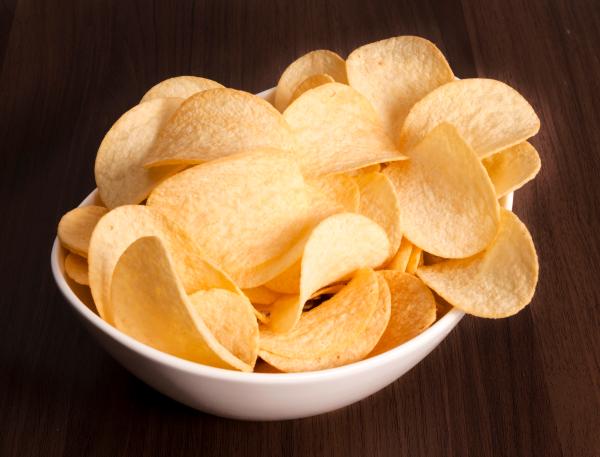In their latest move to protect consumers from deadly chemicals that aren't deadly, the member states of the European Union have voted to set legal limits on the amount of acrylamide in foods. Acrylamide, of course, is the chemical naturally formed when foods containing large amounts of carbohydrates that also contain protein are cooked at high temperatures — think fried and baked potatoes and bread, and many many other foods (even coffee).
A couple of years ago the European Food Safety Authority said that acrylamide is a carcinogenic risk for all age groups. The folks behind a lot of this attention is a "sustainability pressure group" called Changing Markets. Like similar American groups, they made sure parents paid attention by saying that 10 percent of cookies for babies and young kids contained "high levels" of acrylamide. Their stated goal is to protect European consumers from what they call the acrylamide "crisis."
Yes, acrylamide is a known neurotoxin, and people working with it in industrial settings must be protected from exposure. But ever since 2002 when Swedish researchers unexpectedly discovered it in foods, there's been an incessant drumbeat about the chemical also being a carcinogen — even though there have been no indications that it causes cancer in people, as we've been saying for years. And in 2003, the WHO stated: "Only limited human population data are available for acrylamide and these provide no evidence of cancer risk from occupational exposure." There have been some high-dose animal studies suggesting a carcinogenic potential, but as we've said many times in the past (for example here), one cannot directly extrapolate such studies to humans. For example, one study of the kinetics of acrylamide administered to humans found "The data suggests (sic) an at least 2-fold and 4-fold lower relative internal exposure for glycidamide [the reactive metabolite of acrylamide] from dietary acrylamide in humans compared with rats or mice, respectively."(1)
Prospective human studies have provided little or no evidence of such potential — but these, of course must rely on participant recall of types and amounts of food consumed — and even such studies have found only relatively weak associations between acrylamide consumption and various types of cancers (see here, for example).
So the EU member states may pat themselves on their collective back for a move that will do nothing to improve human health but will probably increase the cost of food for their citizens. Brexit, anyone?
1)Uwe Fuhr,1 Melanie I. Boettcher,4 Martina Kinzig-Schippers, et al. Toxicokinetics of Acrylamide in Humans after Ingestion of a Defined Dose in a Test Meal to Improve Risk Assessment for Acrylamide Carcinogenicity. Cancer Epidemiol Biomarkers Prev 2006;15(2):266 – 71)




